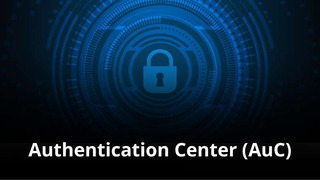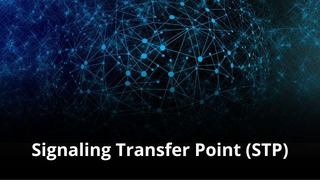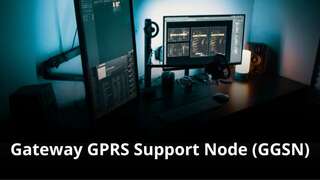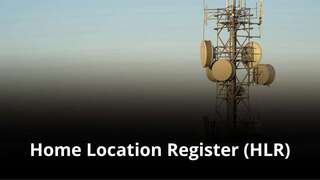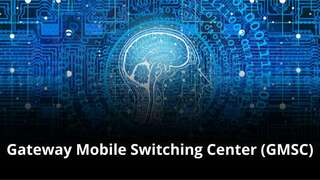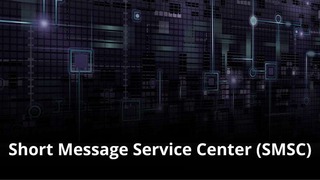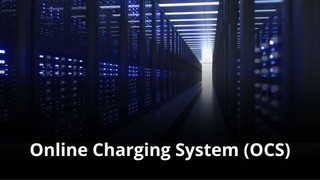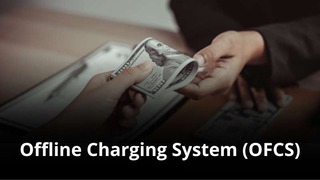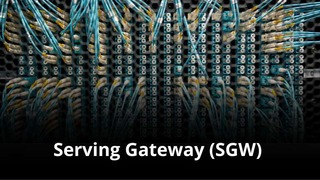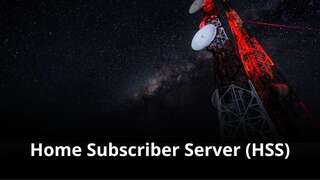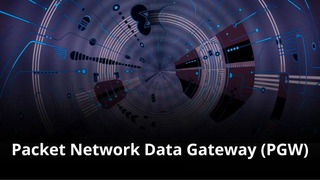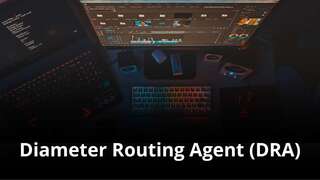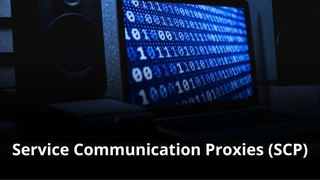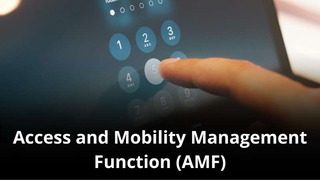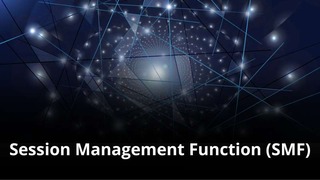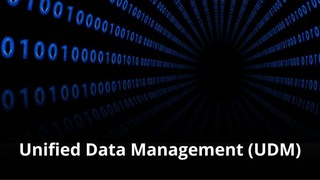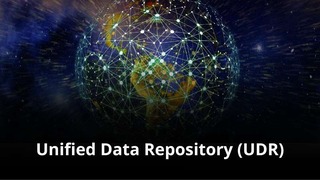Introduction about the Home Location Register (HLR)
The Home Location Register (HLR) is a fundamental and foundational component within the architecture of 2G and 3G Global System for Mobile Communications (GSM) networks. Understanding its purpose is essential for comprehending how legacy mobile systems managed user identity and location. This register acts as the central, permanent master database for all mobile subscribers belonging to the network operator. You will find it crucial for any operator aiming to deliver reliable mobile connectivity and foundational services.
What are the details of a Home Location Register (HLR)?
- History and Evolution of the Home Location Register
- Core Utility and Functionality of the HLR
- Technical Integration and Data Model
- HLR Ownership for MVNOs and IoT Companies
- Organizational Impact of HLR Ownership?
- Redundancy and High Availability
- Impact of 4G, 5G, and 6G on the HLR
- Frequently Asked Questions about the HLR
- Summary
History and Evolution of the Home Location Register
The concept of a central subscriber database began with the inception of the GSM standard (2G). This standard introduced the Home Location Register (HLR) as the primary system for managing subscriber information. The HLR’s original design focused predominantly on supporting circuit-switched services, such as voice calls and SMS. This reflected the main services offered during the 2G era. As networks evolved into 3G (UMTS), the HLR adapted to also manage some aspects of packet-switched data services. Its architecture, however, remained geared towards traditional telephony services. Eventually, the HLR’s functionality was expanded and modernized into the Home Subscriber Server (HSS) to fully support the demands of the 4G (LTE) packet core. The evolution is:
Core Utility and Functionality of the HLT
What is the HLR Used For?
The Home Location Register (HLR) is the definitive source for all subscriber-related information within a 2G/3G mobile network. Its primary purpose is to hold the comprehensive and permanent subscriber profiles. These profiles include essential details like the International Mobile Subscriber Identity (IMSI) and the Mobile Station International Subscriber Directory Number (MSISDN). It is crucial for managing the entire subscriber lifecycle, from initial activation to the provision of basic services. Deploying an HLR is necessary to ensure users can connect, authenticate, and receive their basic subscribed services correctly and securely.
Key Functions of the Home Location Register
Lets investigate the core functions of the Home Location Register (HLR) to understand its critical role in legacy network operations:
- Authentication: It verifies the identity of the mobile user via the SIM card using stored security keys.
- Location Management: The HLR tracks the current serving Visitor Location Register (VLR) of the subscriber.
- Subscriber Profile Storage: It maintains a permanent record of all user data and settings.
- Authorization: The HLR determines which network services a subscriber is permitted to use.
- International Mobile Subscriber Identity (IMSI) Mapping: It maps the permanent IMSI to the subscriber’s phone number (MSISDN).
- Call Routing Information: The HLR provides the routing information necessary for incoming calls to reach the subscriber.
- Service Provisioning: It allows for the creation, modification, and deletion of basic subscriber service entitlements.
- Roaming Management: The HLR facilitates data necessary for subscribers to use services while outside their home network.
- Barring Information: It stores data related to any service restrictions or call barring applied to the account.
Technical Integration and Data Model
Integration with Other Systems
The Home Location Register (HLR) does not operate in isolation; it is a centrally connected network element. Examine its key integration points to appreciate its centrality in 2G/3G systems. It connects primarily to the Visitor Location Register (VLR), which is the dynamic database that stores temporary location and status information about mobile subscribers in its area. It also interfaces with the Mobile Switching Center (MSC), which handles the call setup and switching functions. Furthermore, the HLR is integrated with the Authentication Center (AuC), which stores a copy of the secret key used for authentication. Lastly, it connects to Provisioning Systems for operational management and updates.

Technical Data Model and Key Interfaces
The Home Location Register (HLR) employs a structured Technical Data Model. This model dictates how subscriber data is efficiently organized and stored, facilitating fast access across the network. Key interfaces utilized by the HLR are predominantly based on the Signaling System 7 (SS7) protocol suite. Specific SS7 application parts utilized include:
- Mobile Application Part (MAP): This is used for communication with the VLR, MSC, and AuC for all mobility management, location updates, and authentication procedures.
- External Provisioning Interfaces: These are often proprietary or based on standard database protocols for external operational system integration.
HLR Ownership for MVNOs and IoT Companies
Why Own an HLR?
For a Mobile Virtual Network Operator (MVNO) or an IoT company, owning a dedicated Home Location Register (HLR) (or more commonly, a combined HLR/HSS today) can be a strategic necessity. Consider that this register is the fundamental system for basic user management. Owning it allows these companies to gain significant control over their basic customer connectivity, authentication processes, and specific service configuration. This level of control is not available when fully relying on the host network operator’s infrastructure.
Advantages and Disadvantages of AuC Ownership for MVNOs/IoT Companies
Direct Control over subscriber numbering (MSISDN) and identity (IMSI).
Fast Provisioning and service activation for new subscribers or devices.
Customized Authentication and security for specific IoT applications.
Enhanced Troubleshooting capabilities and subscriber status visibility.
Potential Signaling Cost Savings by avoiding MNO per-transaction fees.
High Initial Investment in specialized core network hardware/software.
Operational Complexity requiring expertise in SS7/MAP signaling.
Maintenance and Upgrade Costs for a critical, 24/7 system.
Interconnection Challenges with the host MNO’s core infrastructure.
Legacy Technology Risk as the HLR is superseded by HSS/UDM.
Organizational Impact of HLR Ownership
Analyzing the organizational impact of owning a Home Location Register (HLR) across various business units.
Operational Impact: Requires the establishment of a dedicated technical team proficient in SS7 signaling and legacy core network operation. This team will monitor HLR performance, manage system capacity, and handle all troubleshooting. Recruitment of specialized personnel with expertise in telecommunications databases becomes essential.
Financial Impact: Evaluate the significant capital expenditure (CapEx) for the initial hardware and software purchase. There will also be high ongoing operational expenditure (OpEx) for power, cooling, maintenance contracts, and highly skilled staff salaries. Ownership converts a reliance fee into a managed asset cost.
Redundancy and High Availability
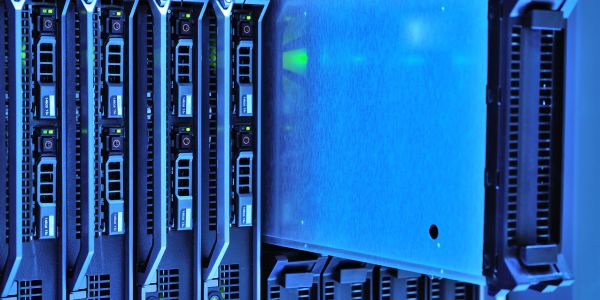
The Home Location Register (HLR) is a single, central point of failure within the mobile network; therefore, Redundancy and High Availability (HA) are absolutely critical requirements. Implement a fully redundant system architecture, which is usually achieved through clustered databases or active-standby geographical setups. This design ensures service continuity even during catastrophic site failure. Methods like hot standby or geographical redundancy configurations are standard practice. The system must also employ rigorous data synchronization mechanisms. These mechanisms guarantee that the primary and backup databases are continuously synchronized to prevent data loss. Ensure that automated failover procedures are in place to minimize service interruption for subscribers.
Impact of 4G, 5G, and 6G on the HLR
HLR’s Transition
With the arrival of 4G (LTE), the dedicated Home Location Register (HLR) was largely superseded by the Home Subscriber Server (HSS). The HSS unified the subscriber data for both circuit-switched and packet-switched domains. The HLR mainly continues to exist today to support legacy 2G and 3G networks or for interworking with newer core networks. Recognize that the HLR is a backward-compatible component in modern telecom environments.
5G and 6G Architecture
In the 5G core, the functionality has further evolved into the Unified Data Management (UDM) and Authentication Server Function (AUSF). The UDM takes on the permanent storage of subscriber data, completely replacing the HLR/HSS. The concept will further evolve in 6G toward more distributed, cloud-native solutions. However, the fundamental role of securely storing and managing the master subscriber profile—the core function of the HLR—will always remain necessary, albeit implemented using advanced technologies.
Frequently Asked Questions about the Authentication Center
1. What is the main function of the HLR?
The primary function of the HLR is to permanently store and manage the master database of subscriber profiles, including their IMSI and current location (VLR address).
2. What protocol is used for communication with the HLR?
The HLR primarily communicates using the Mobile Application Part (MAP), which is an application-layer protocol within the SS7 signaling suite.
3. How is the HLR related to the VLR?
The HLR is the permanent database, whereas the VLR (Visitor Location Register) is the temporary, dynamic database that tracks the exact location and status of subscribers currently within its service area.
4. Why do HLR records need to be updated so quickly?
HLR records, specifically the location information, must be updated quickly. This ensures that the network can successfully route incoming calls and messages to the subscriber’s current location without delay.
5. Is the HLR still necessary in a 5G network?
The dedicated HLR is not directly used in the native 5G core. Its function is taken over by the UDM (Unified Data Management), but the HLR remains essential for supporting interworking with legacy 2G/3G networks.
Summary
The Home Location Register (HLR) is the central, authoritative database that securely manages all permanent subscriber data, authentication parameters, and location information in 2G and 3G mobile core networks. Acquiring and operating an HLR, often integrated as an HSS today, offers MVNOs and IoT companies significant advantages in service flexibility and direct customer management. However, this decision involves substantial capital expenditure and requires specialized SS7/MAP technical expertise. While the HLR is largely replaced by the UDM in 5G, its conceptual role—that of the master subscriber repository—remains fundamental to all generations of mobile communication.
